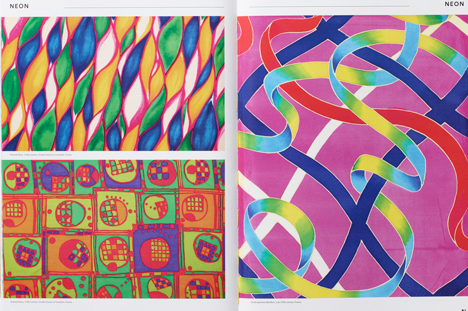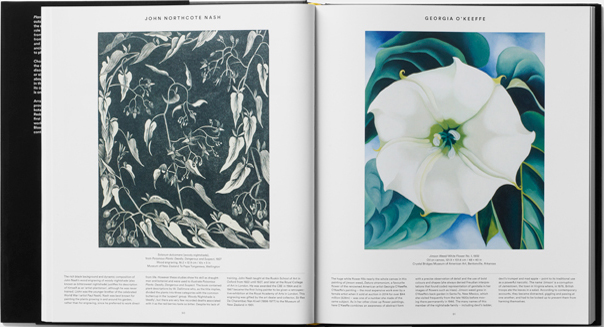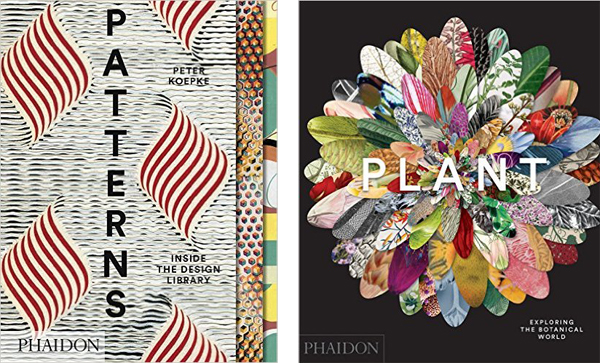Happy New Year! I hope you had a wonderful holiday and didn’t over-eat as much as I did!
I want to start the new year off with a couple of announcements.
First, you may have noticed that the name of this blog has changed to Jane Chafin: Offramp. The name references the gallery I used to run, Offramp Gallery; has a decidedly Southern California twist, and allows me to broaden the scope of topics that I cover.
In particular, I want to know what artists are saying and doing about our ongoing national political crisis. You may have read that some artists want their work off of Ivanka Trump’s walls. Another group has founded RESIST!, a free 40-page tabloid newspaper and website of political comics and graphics by mostly female artists. Another group of well-known artists is calling for a J20Art Strike for arts organizations to close on inauguration day in protest against “the normalisation of Trumpism.”
The Guardian’s Jonathan Jones thinks these protests from the artistic elite, including last night’s speech by Meryl Streep at the Golden Globes, will have little effect on the dangers we are facing. Click here to see what he has to say.
Let me know what you’re doing to resist, vent and/or survive and I will periodically report on it. You can email me at janechafinsblog@gmail.com. Maybe you don’t think there is a crisis. Let me know about that too.
The second big announcement is that Jane Chafin: Offramp will now be cross-posted exclusively on Artillery Magazine, the LA based alternative art magazine that refers to itself as “killer text on art.” Be sure to check them out. I am very excited to join their growing roster of writers, critics and bloggers.
This week I want to write about a pair of lavishly illustrated coffee table books, both recent releases from Phaidon Press: Patterns: Inside the Design Library and Plant: Exploring the Botanical World.
Patterns: Inside the Design Library is a handsomely designed book divided into three sections, each of different paper widths, stepping down from the front cover to the back cover.
 The first section is about the Design Library itself which housed in a 12,000 square foot loft in a converted 1907 fabric mill in New York’s Hudson Valley. There are more than seven million antique, vintage, modern and contemporary textiles and swatches, painted patterns, wallpapers, embroideries, yarn dyes, pattern books and productions records of important mills, dating from the 1750s to the present housed at the library.
The first section is about the Design Library itself which housed in a 12,000 square foot loft in a converted 1907 fabric mill in New York’s Hudson Valley. There are more than seven million antique, vintage, modern and contemporary textiles and swatches, painted patterns, wallpapers, embroideries, yarn dyes, pattern books and productions records of important mills, dating from the 1750s to the present housed at the library.
The second section is an A to Z (Abstract to Zigzag) sampling of images from the library. The Design Library organizes its collection into four main families of design – Floral, Geometric, Ethnic and Conversational. Those four categories then are broken down into more than 1200 subcategories. Among those sampled in the book are Distressed, Frou-Frou, Oberkampf, Paisley and Neon (pictured below).

Left: Printed fabric. 20th Century. Studio Staron or Gourdon. France. right: Hand-painted silk fabric. Late 20th century. France. From Patterns: Inside the Design Library, Phaidon Press, 2016.
This beautiful book is a visual feast and endless source of inspiration for anyone interested in surface design. Kosmos, the library’s growing digital collection is accessed by subscription only (you can apply to set up an account here). Access to the library itself is business to business only at present, but president Richard Weissman tells me they are considering adding a public access day at some point in the future. I’ll keep you posted.
Click here to purchase Patterns on Amazon.com.
 I have always been fascinated by encyclopedias, curiosity cabinets, illustrated zoological catalogs and herbariums. Plant: Exploring the Botanical World fits the bill as it brings together more than 300 images of botanical works from throughout art history and from all over the world and arranges them in complementary or contrasting pairs to create thought-provoking juxtapositions.
I have always been fascinated by encyclopedias, curiosity cabinets, illustrated zoological catalogs and herbariums. Plant: Exploring the Botanical World fits the bill as it brings together more than 300 images of botanical works from throughout art history and from all over the world and arranges them in complementary or contrasting pairs to create thought-provoking juxtapositions.
For example: Yayoi Kusama’s 2011 black and white acrylic painting Heart Flowers is juxtaposed with Iwasaki Tsunemasa’s 1920’s woodblock print and manuscript on paper, Papaver somniferum depicting opium poppies; Imogen Cunningham’s 1925 silver gelatin print, Magnolia Blossom appears across the page from Mayumi Hashi’s 2008 watercolor, Magnolia sieboldii; a 1546 wood engraving of lavender is paired with Ted Kinsman’s 2014 color-enhanced scanning electron micrograph (SEM) of a cannabis plant.

left: Solanum dulcamara (woody nightshade), from Poisonous Plants: Deadly, Dangerous and Suspect, 1927. Wood engraving, 16.2 x 12.9 cm. Museum of New Zealand Te Papa Tongarewa, Wellington. right: Jimson Weed/White Flower No. 1, 1932. Oil on canvas, 121.9 x 101.6 cm. Crystal Bridges Museum of American Art, Bentonville, Arkansas. From Phaidon Press, Plant: Exloring the Botanical World, 2016.
Each artwork is accompanied by lively, informative, text. An herbarium sheet of pressed flowers put together by 14-year-old Emily Dickinson is accompanied by text that reads in part: “The flowers reflected her lifelong fascination with death: by drying and preserving them, she granted them immortality. She wrote to a friend: ‘Did you ever know that a flower, once withered and freshened again, becomes an immortal flower, – that is, that it rises again?’”
A glossary of terms and selected biographies are also included. You’re guaranteed many pleasant hours of browsing and discovery.
Click here to purchase Plant from Amazon.com
Cross-posted from Jane Chafin: Offramp


